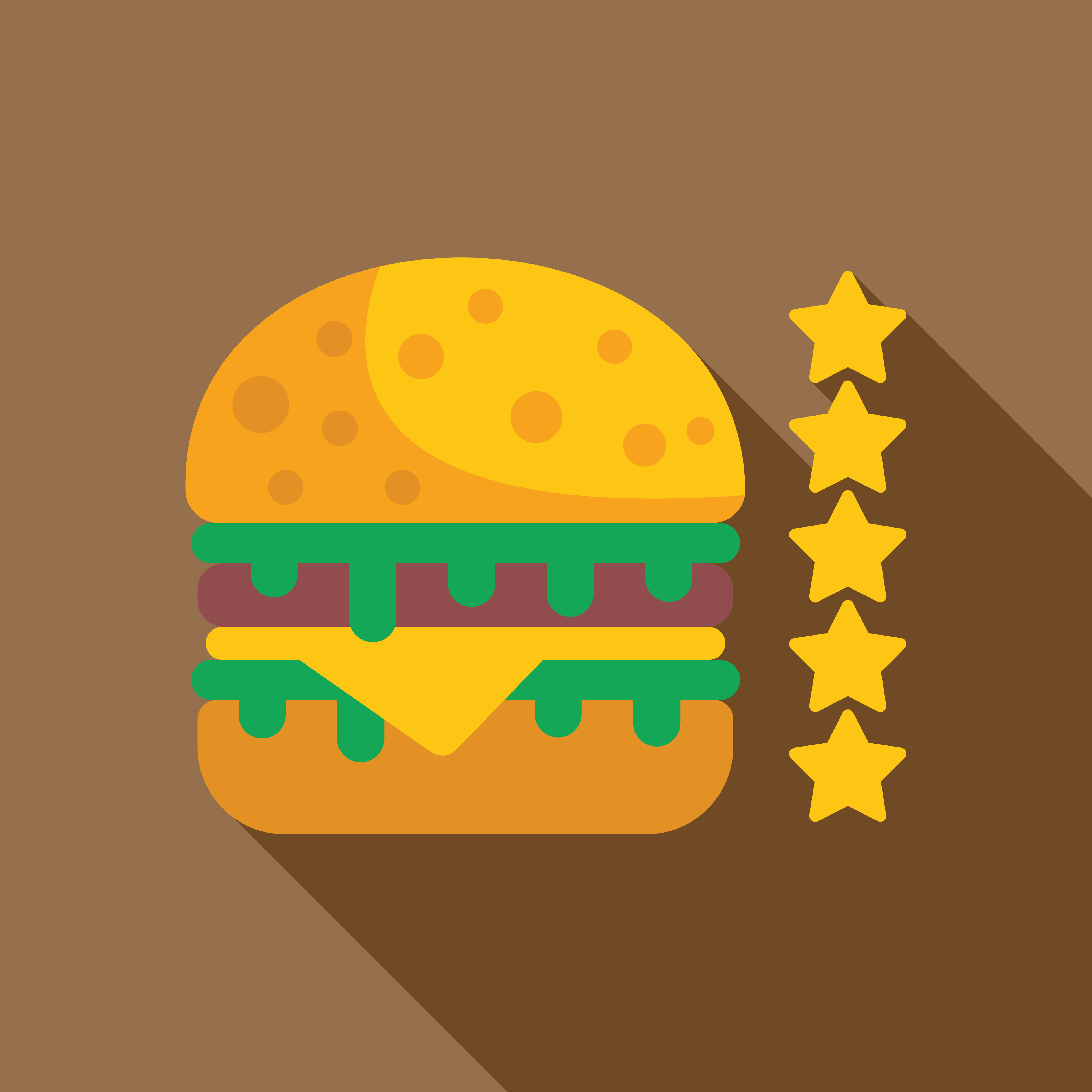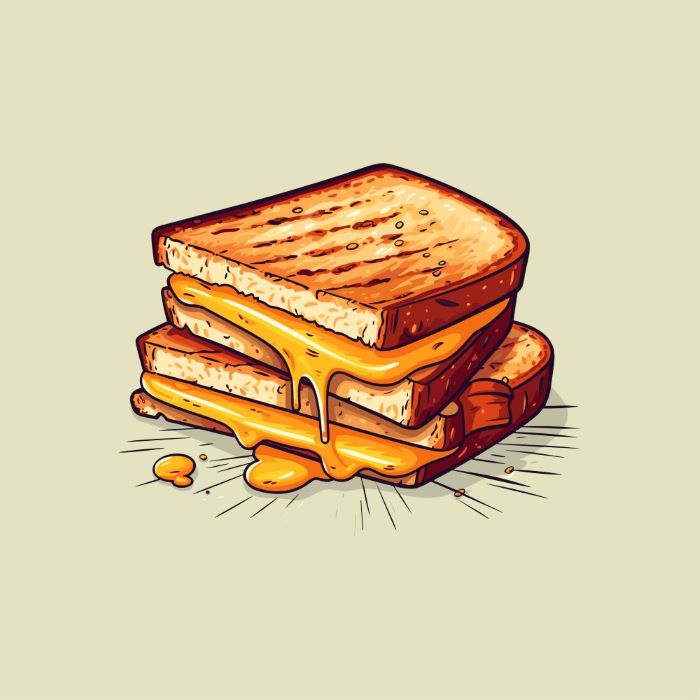Giving Feedback and Grading
Giving Feedback and Grading offers strategies for giving feedback so that students improve and how to choose the right rubric for the right task.
Grading assigns value to student work, while feedback provides students information about where they excelled and where they can improve. Not every assignment needs a letter grade; however, every assignment should yield feedback. It may sound counterintuitive at the start of your teaching career, but the more feedback that students get (through several low-stakes assessments), the less time you will spend grading the big assignments.
Giving Feedback to Students

Formative Assessments
For in-class assignments, having a simple +/- or check system can convey to students whether they demonstrated learning or should practice further. For written assignments, including rough drafts and online discussion boards, consider adapting something like the EMRN Rubric, which helps you sort student work into one of four categories:
E = Excellent
M = Meets expectations
R = Revision needed
N = Not assessable
Summative Assessments
We will discuss different types of rubrics below, but in general, useful feedback balances praise and criticism. For larger, high-stakes projects and research papers, the standard is the sandwich method or the “feedback cheeseburger.”

- Bun—Relationship building
- Cheese—Specific praise
- Meat—Needed Corrections
- Lettuce—General praise
- Bun—Support
Cognitive Wrappers
Depending on your discipline or even personal style for delivering positives and negatives, you might also explore one of these four alternatives to the sandwich method.
Self-reflection is another important source of feedback for students. Consider implementing an exam wrapper (a short survey that students complete after an assignment or exam that focuses on the learning process rather than on the content itself).
The wrapper is handed out to students when an exam or assignment is returned.
- Students are asked to fill out the form in 10 minutes or less during class, or outside of class if necessary.
- Students are not graded based on the wrapper's content but receive credit for completing the form.
- The instructor collects the forms and reads through them, looking for general themes.
The instructor returns the forms to the students.
- The instructor may discuss recommended study strategies or have the students compare their strategies in small groups.
Jose Antonio Bowen refers to them as “cognitive wrappers” to emphasize their use for other assignments besides exams as well as to reinforce their metacognitive purpose.
Getting Feedback from Students
Rather than waiting until the end of the term to realize there were some changes that
could have been made, try a Midsemester Feedback Survey (MFS)! An MFS is a low-stakes
way of obtaining feedback from your students at a point in the semester when you can
still make adjustments that benefit your current students.
Questions are often general, asking what is and is not working so far, like in this
sample set:
Pro tips!
- Don’t ask if you don’t want to know.
- Keep them anonymous.
- It is ideal to administer the MFS during a class session to ensure a high response rate.
- [In the future] share examples with students from previous semesters.
- Close the loop!
- Thank students for their feedback.
- Mention both the positive and the negative feedback.
- Discuss the changes you are willing to make to enhance student learning.
Making Grading More Efficient: Rubrics 101
A rubric is a tool for evaluating all types of student work. Often presented as a chart or checklist, it specifies the qualities or traits to be assessed in an assignment and distinguishes amongst excellent, average, and below-average performance for each trait.
Why Use Rubrics?
For instructors and students, using a rubric to grade an assignment has many advantages. A rubric can:
- Provide feedback to students on strengths and weaknesses on specific elements of an assignment
- Make grading faster and more straightforward (although they require time to create)
- Ensure that the instructor use the same standards for all students’ work
- Serve as a training resource when multiple graders evaluate an assignment (a.k.a. “norming”)
What are key elements of a rubric?
Criteria
The qualities or aspects of student work to be evaluated.
Performance levels
- Exceeds Expectations
- Meets Expectations
- Approaching Expectations
- Below Expectations
Descriptors
Brief descriptions of student work on a particular trait at a specific performance level
Descriptors (Example)
|
Advanced Understanding 4 |
Proficient 3 |
Approaching 2 |
Novice 1 |
| Student Demonstrates mastery of the performance expectation or learning goal and shows ability to apply and transfer learning with depth and complexity | Student demonstrates mastery of the performance expectation or learning goal. | Student demonstrates partial mastery of the performance expectation or learning goal. | Student provides little evidence of metting the performance expectation or learning goal. |
Types of Rubrics
There are many kinds of rubrics, but we will focus on the four most common: analytic, holistic, checklist, and single-point. To elucidate the differences, we need a sample (fun) assignment.

Fun Prompt: Demonstrate your cooking prowess by preparing a grilled cheese sandwhich. You must select the appropriate ingredients and tools, prepare and cook it properly, flip the sandwich in the air halfway through, then cut it in half and present it on a plate.
Which of the following rubrics should you use to help you grade? It depends on whether this is a formative or summative assessment and how much feedback you would like to give...
An analytic rubric resembles a grid with the criteria to be evaluated listed in the leftmost column and with performance levels listed across the top row. The cells within the center
of the rubric generally contain descriptions of what the specified criteria look like
for each level of performance. When scoring with an analytic rubric each of the criteria
is scored individually. When creating the rubric, the “3” column generally matches
the prompt (as meeting expectations). The “4” column is often reserved for students
who went above and beyond (or “exceeded expectations”
Analytic Rubric
|
Beginning 1 |
Developing 2 |
Accomplished 3 |
Exemplary 4 |
Score
|
|
|
Preparation
|
Missing multiple ingredients and tools; struggled to butter bread, with many gaps or excess butter |
Gathered some ingredients and tools, missing one or two items. Uneven application of butter. |
Gathered the correct ingredients and tools, buttering both sides of the bread with full coverage, no excess. |
Gathered all necessary ingredients and tools; applied butter evenly and added extra ingredients to the sandwich |
|
|
Cooking
|
Undercooked or burned the sandwich. Struggled significantly with flipping; sandwich fell apart. | Cooked sandwich but with uneven browning or partially melted cheese. Awkward flip, struggling to keep it intact. | Cooked sandwich correctly with little variation in browning or cheese melting. Flipped sandwich smoothly. | Cooked sandwich correctly, achieving a golden-brown crust on both sides and fully melted cheese. Flipped sandwich with panache, without spilling contents | |
|
Presentation
|
Did not cut sandwich or did so unevenly; noticeable mes | Cut sandwich unevenly, may have some crumbs or mess | Cut sandwich evenly and presented it neatly. | Cut sandwich evenly and presented it neatly, adding garnishes and thoughtful plating |
Holistic rubrics are ideal for formative assessments like Canvas Discussion Boards or classroom activities
Holistic Rubric
| Score | Description |
| 4 | The sandwich was perfectly cooked with additional ingredients inside; both the flipping and the presentation were done artfully |
| 3 | The sandwich was cooked correctly, flipped smoothly, and presented neatly. |
| 2 | The sandwich was cooked unevenly, struggled to keep it together while flipping, and presentation was somewhat messy |
| 1 | The sandwich was undercooked or burned, fell apart during the flip, and the presentation was a noticeable mess. |
Checklists are a distinct type of rubric with just two performance levels possible (yes/no, present/absent, pass/fail, etc.). The list of criteria mirrors the “3” or “meets expectations” level of an Analytic Rubric, but might be a little longer, since you would list every trait of student performance on the checklist.
Checklist rubrics are ideal for formative assessments but can be used for summative.
Checklist Rubric
| Criterion | YES | NO |
| Gathered the correct ingredients and tools efficiently. | ||
| Buttered both sides of the bread with full coverage, no excess. | ||
| Cooked sandwich correctly with even browning and melted cheese | ||
| Flipped the sandwich smoothly, keeping it intact. | ||
| Cut the sandwich evenly, presenting it neatly on the plate |
The single-point rubric is ideal for formative assessments, as it offers space for quick comments to give students a compass for improvement, noting how they fell short or how they excelled.
Single-Point Rubric
|
Concerns Areas That Need Work |
Criteria Standards for Performance |
Advanced Evidence of Exceeding Standards |
| Preperation: Gathered the correct ingredients and tools efficiently. Buttered both sides of the bread with full coverage, no excess. | ||
| Cooking: Cooked sandwich correctly with even browning and melted cheese. Flipped the sandwich smoothly, keeping it intact. | ||
| Presentation: Cut the sandwich evenly, presenting it neatly on the plate. |